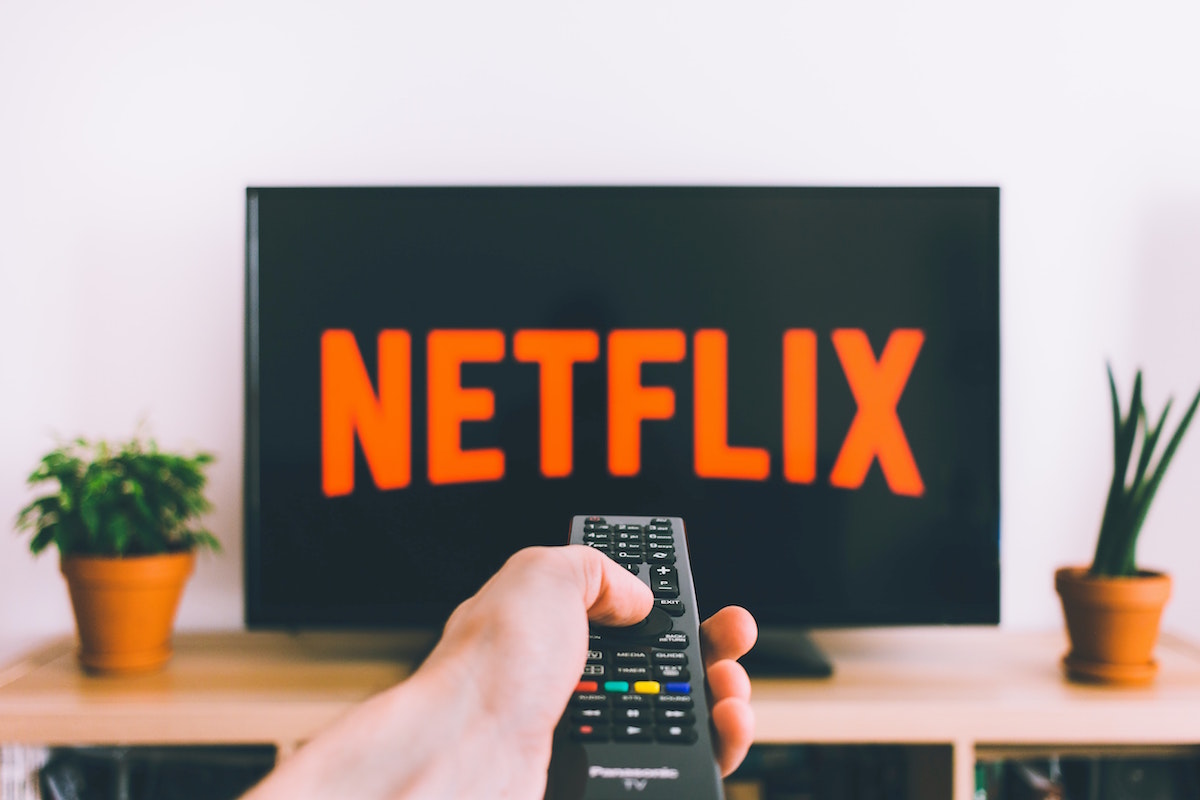Netflix has become a household name, but does it bring in the big bucks?
We’ve all heard of Netflix, the streaming giant currently taking over the world with original series like House of Cards, Orange Is The New Black and Stranger Things. Netflix also offers easy access to a multitude of other shows, but one question has always persisted – how is the Netflix model profitable?
Netflix first became a subscription service in 1999, but initially worked as a DVD-by-mail service where customers could rent DVDs online, and have them delivered by mail. The video-on-demand (VOD) service only became a feature of Netflix in 2007, and was strategically aligned with the fall in DVD purchases. As watching content online and on mobile became more accessible and desirable, so did Netflix, and it has since become one of the major players in a great time of change in the way people access film and television shows.
It was from here, Netflix started on the journey to become the giant it is today.
With a considerable library of films and television shows, Netflix constantly updates recommendations using an algorithm that offers categories as niche as ‘Oscar-winning Visually-striking Movies from the 1970s’ (although Days of Heaven is the only movie in that category). It’s even given rise to modern vernacular, like the phrase ‘Netflix and chill’, and the frequent complaint that Netflix is all too easy to binge on.
It may have proven its worth as a 21st century phenomenon, but the question of its profitability remains. Has it bitten off more than it can chew? Or is it really the gateway to the future of film and television?
As it turns out, Netflix is doing very well.
In 2013, the Netflix Original Series House of Cards became the first online-only series to win an Emmy award, which created more buzz around the streaming service. By 2016, Netflix was worth US $40 billion, and had over 83 million paid subscribers worldwide – more than enough to keep the business overwhelmingly profitable.
Though, it’s not all uphill. Netflix’s primary loss of revenue is through licensing agreements. In order to obtain the legal rights to stream films and television shows through the platform, Netflix is required to sign licensing agreements with the producers of the desired content.
When taking on the distribution of independent films, Netflix will generally sign a one-off licensing fee for around one to two years. It involves less lost revenue, but it does mean a certain level of risk. In order for the films to be profitable, they need to pick films their subscribers will want to watch and there’s no guarantee that independent films will fit the bill.
As it turns out, television shows are safer. Although Netflix pays more in licensing agreements, there’s more of a chance people will subscribe for easy access to shows they love. Netflix also has an aggressive approach to these licensing agreements, constantly renegotiating the terms with the use of metadata that logs viewer interest. They may even decide to terminate the licensing agreement if the show doesn’t gain enough viewers to be profitable.
But what about those original series?
There was a lot of apprehension surrounding Netflix’s plan for original content to be the streaming platform’s saviour. However, after the whirlwind success of House of Cards in 2013, Netflix’s worth as a subscription service became wildly more evident. It garnered critical acclaim through Emmy and Golden Globe nominations, drawing the public to House of Cards, and then to Netflix.
Interestingly enough, most Netflix original series aren’t produced to make an instant profit. Instead, they’re tempting offers of exclusive content to draw more subscribers into using the service. Think about how many people have been talking about Netflix original shows like Orange Is The New Black or even the murder-mystery success, Making a Murderer.
If Netflix has quality original content, people are going to sign up to watch it. Netflix’s algorithm then aims to recommend other shows that the subscriber will find interesting, and convince them to keep up a monthly subscription. The distribution platform is categorised by its strong, original online content, and it helps that they don’t need to pay anything in licensing fees.
An interesting byproduct of Netflix and other streaming services is their effect on online piracy. People are becoming increasingly more likely to subscribe to Netflix, for a small subscription fee a month, than deal with the viruses and illegality of torrenting. In fact, a CHOICE survey reveals that piracy in Australia on a monthly basis dropped from 23 per cent in 2014 to 17 per cent in September 2015, while the number of people using subscription services increased from 46 per cent in March 2015 to 59 per cent by September.
It means good things for the film industry. Rather than losing money through online piracy, film and television producers are beginning to understand who exactly is watching their content, by way of legal streaming services.
Netflix, as well as others of its kind, is the proponent of an interesting shift in the film and television industry. Instead of people being confined to broadcast schedules or movie showtimes, they’re able to customise their watching experience through choosing what they want to watch, when they want to watch it – and that’s only the beginning.


